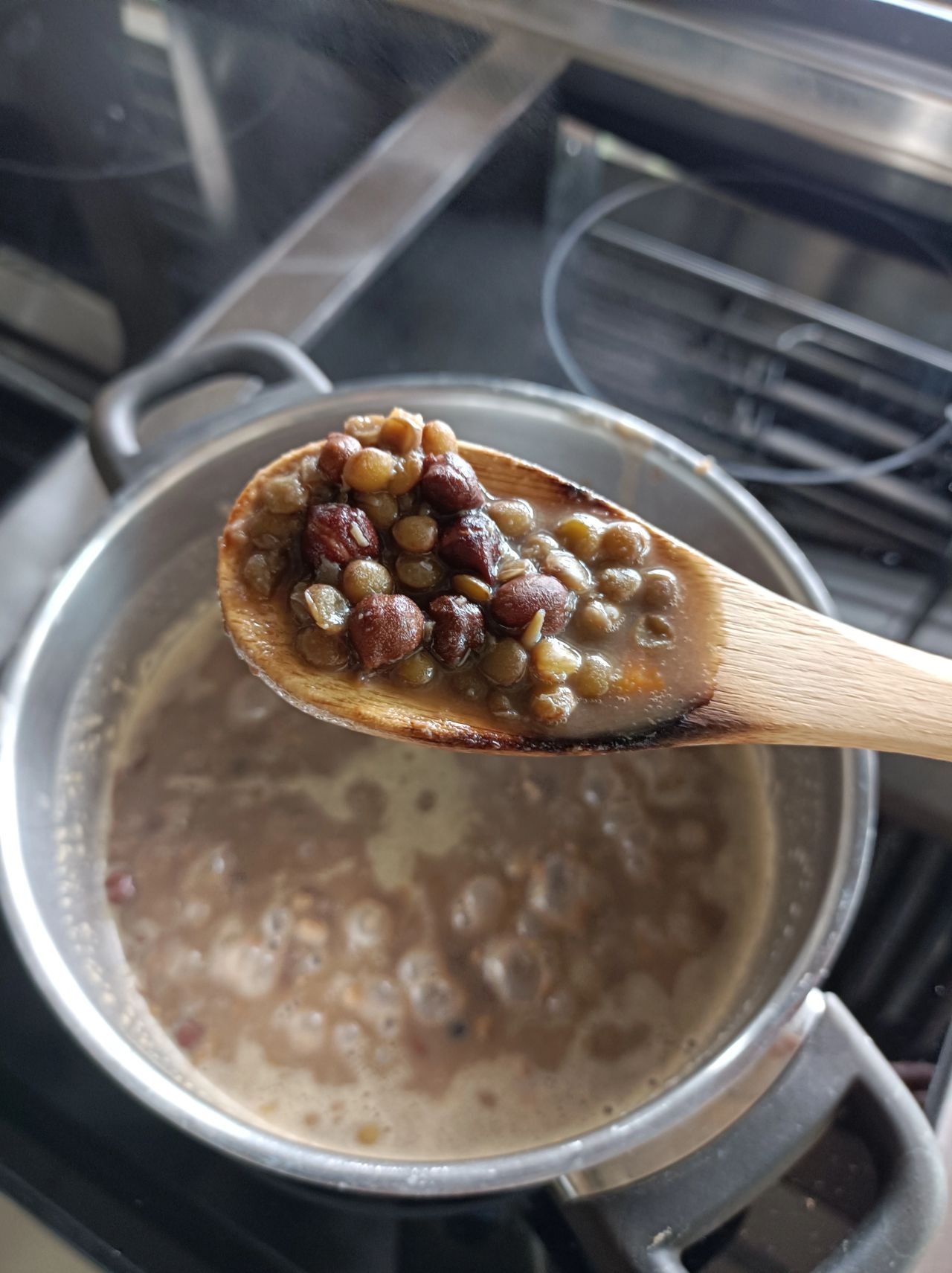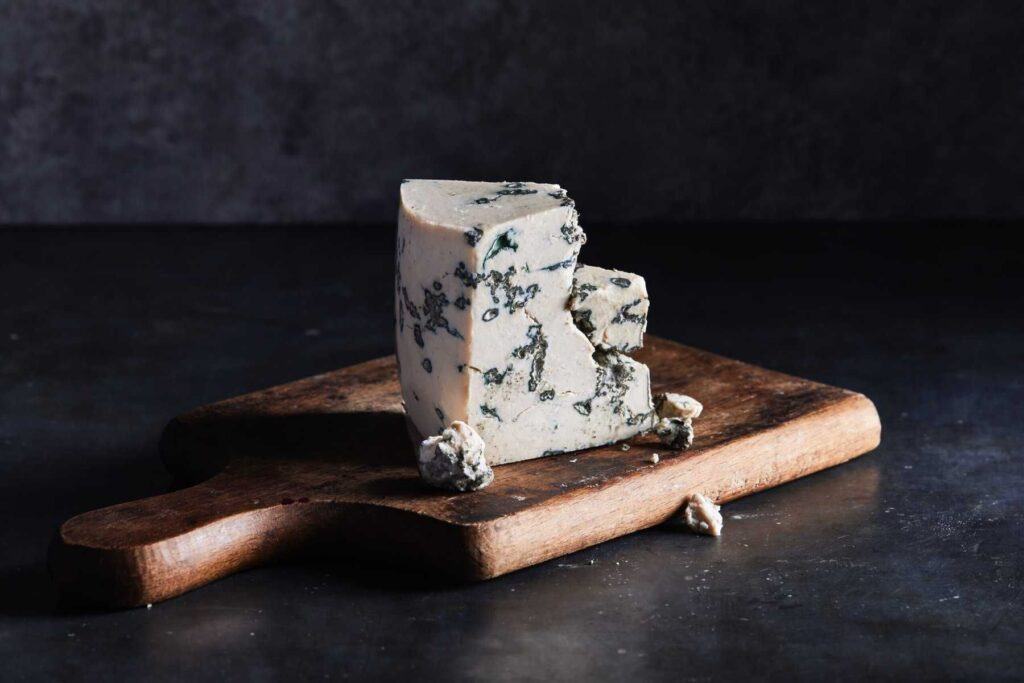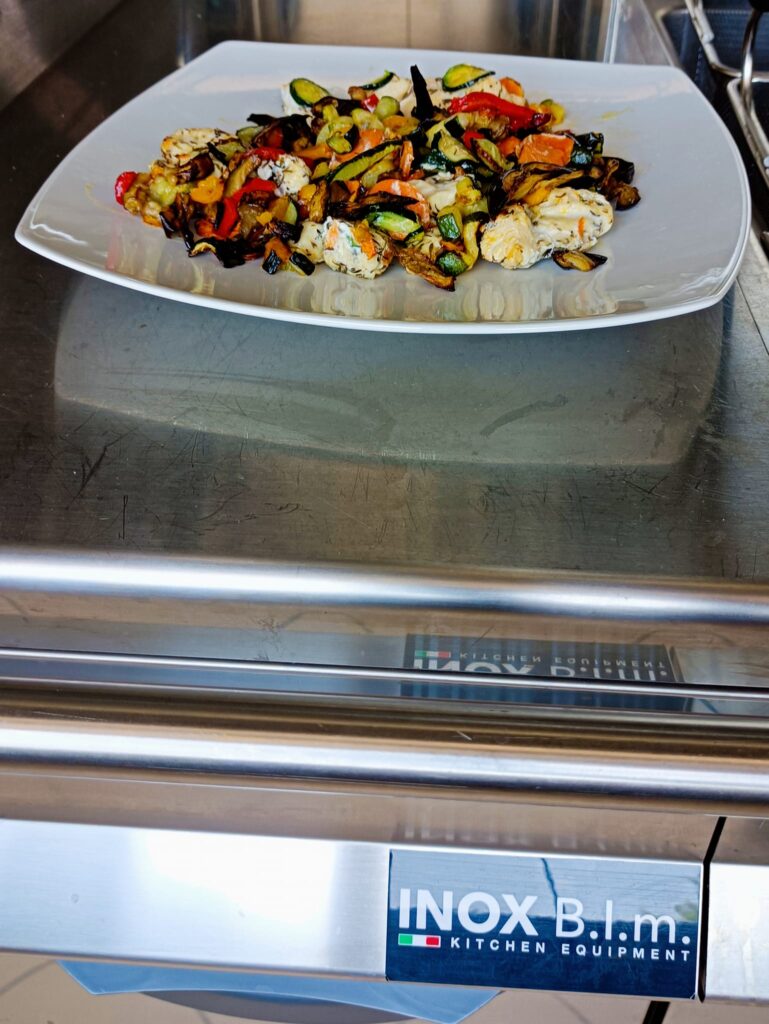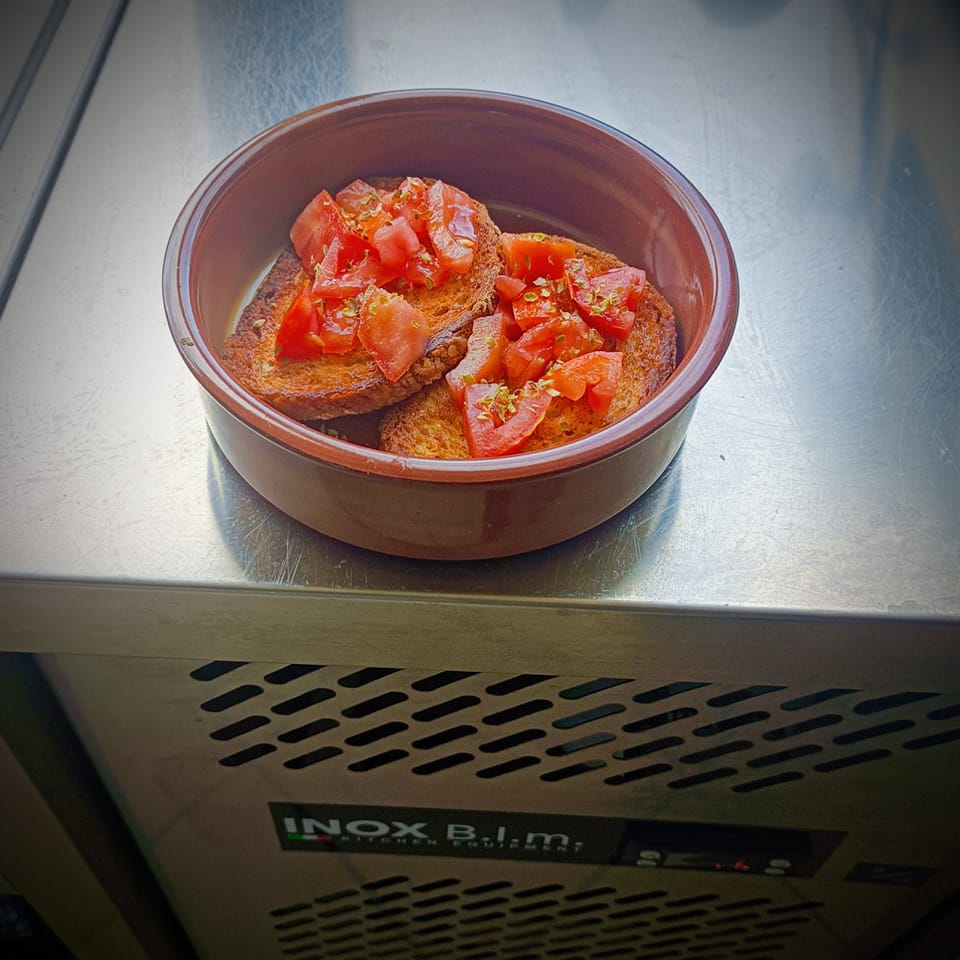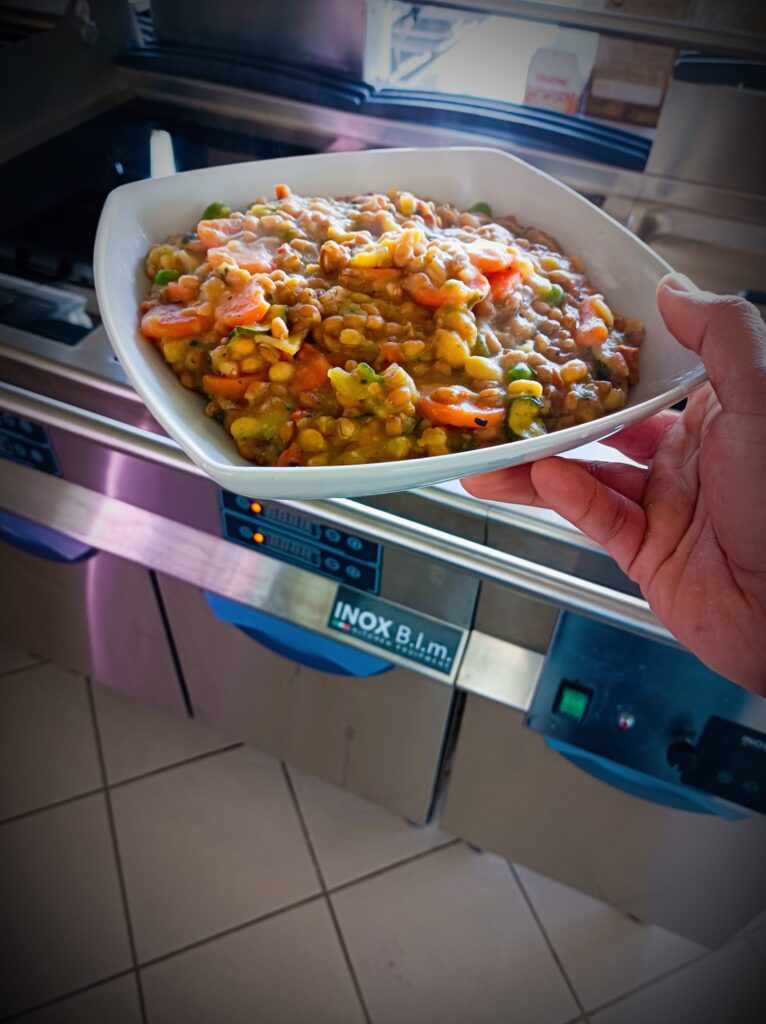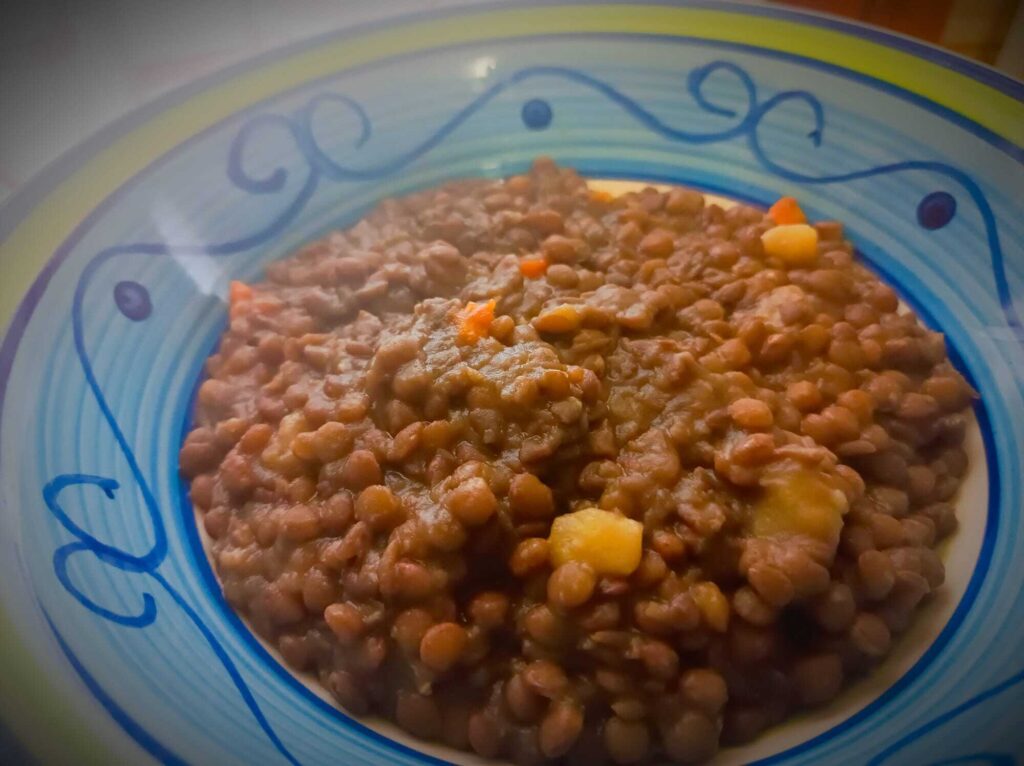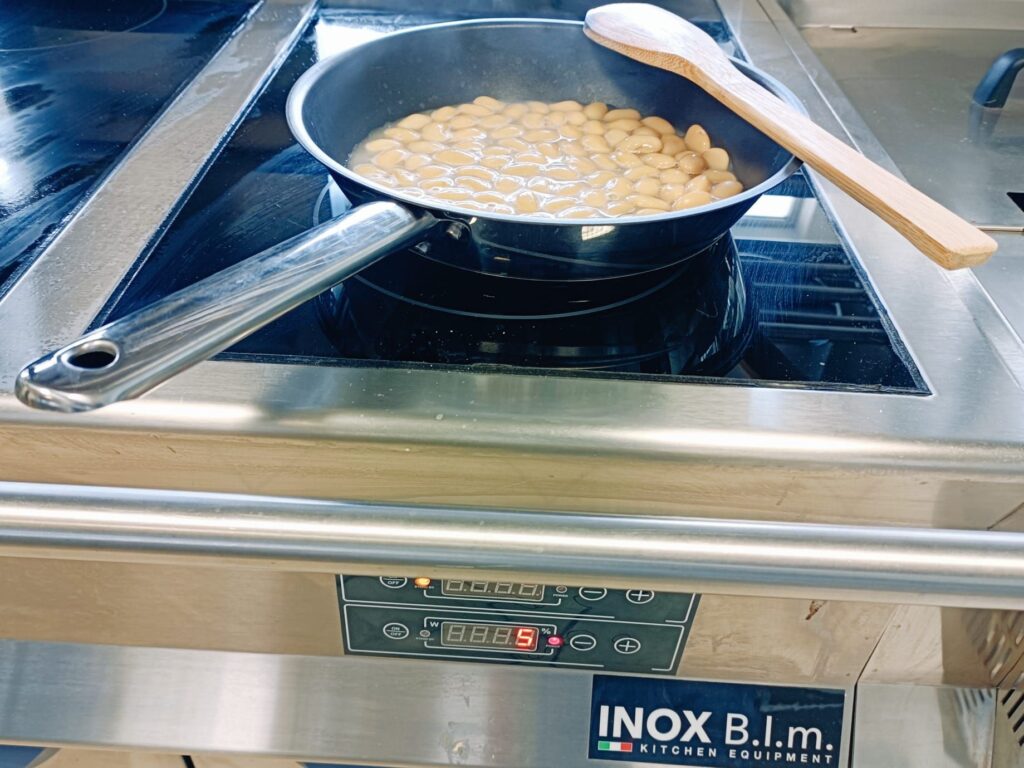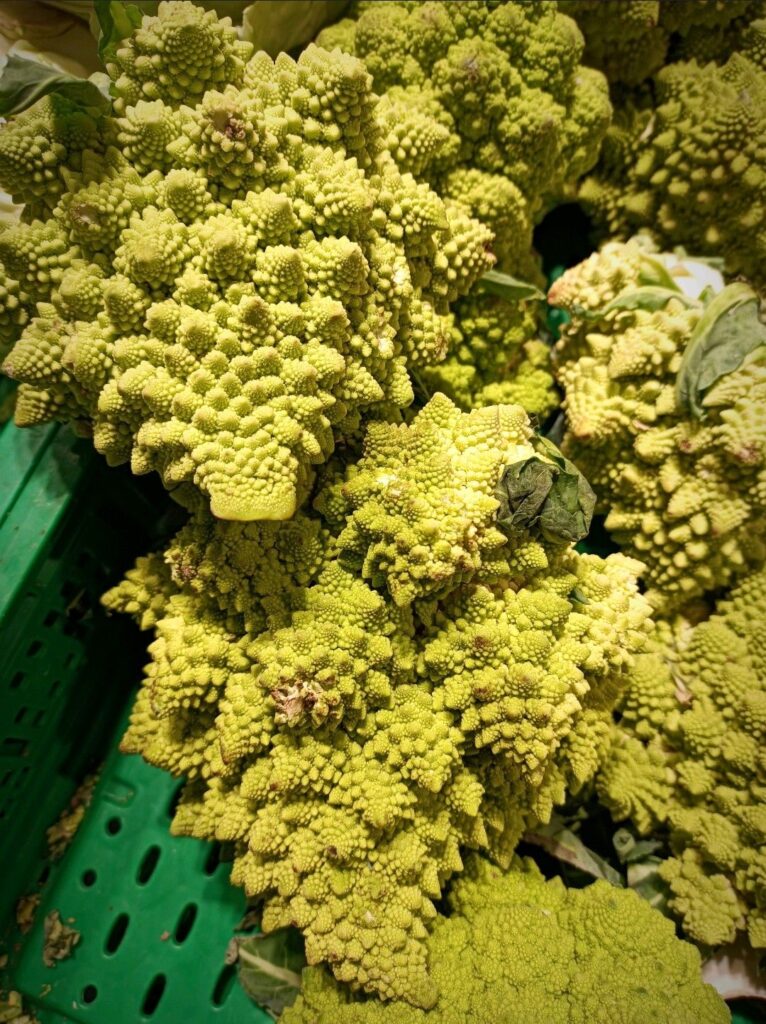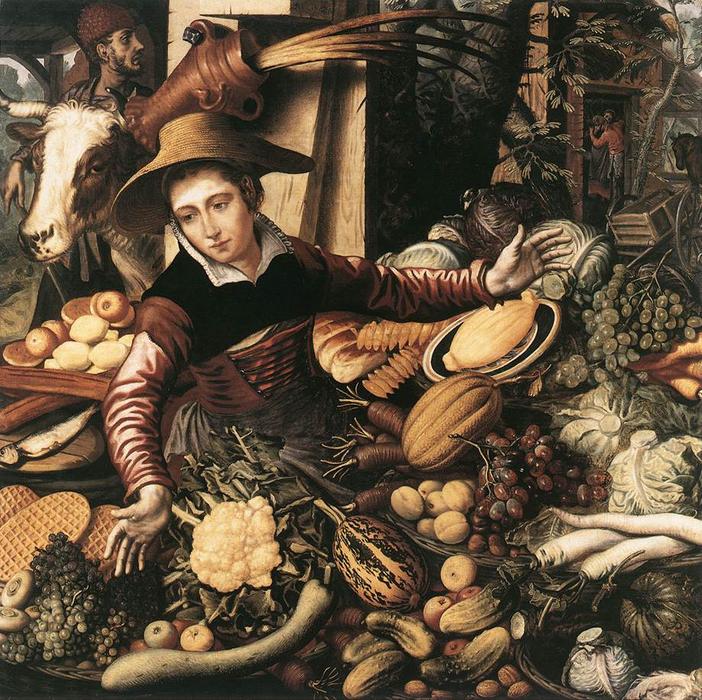There is a market that, at least in the so-called Western Hemisphere and in the Asia Pacific area, seems to have seen no setbacks.
I’m talking about the pulses business.
Significantly, all the data from the last 10 years show a considerable increase in the quantities of pulses purchased and consumed.
In addition to that, there are fairly rosy sales forecasts for the next 5 years, both in the USA and in the European Union (not so optimistic in Great Britain, where demand has nevertheless grown gradually over the last decade).
As well as in China: a country where per capita consumption of pulses is increasing year after year.
Why this increase in demand on a global scale?
Well, there are many possible reasons.
Legumes are rich in proteins, fibre, vitamins and minerals. In summary, the cornerstones of what we call a healthy and balanced diet.
Many studies state that pulses may reduce cholesterol, support weight management via glycemic responses, and aid digestive health.
The sensitivity of an ever-growing portion of the world population to the issue of correct nutrition seems to push the graph line upwards.
A food trend that seems to know no boundaries is marked by the ever-increasing number of people adopting vegetarian or vegan lifestyles.
And We all know pulses are an important source of vegetable proteins, which are the main alternative to proteins of animal origin (whether or not they can be perfect substitutes is another matter).
Pulse production requires less water and generates fewer greenhouse gas emissions than meat production. Consequently, the ever-increasing consumption of legumes is also the result of a more environmentally sustainable choice.
New culinary trends (I’m talking especially in the Western hemisphere) promoting the use of legumes are growing rapidly.
Just think of Hawaiian poke, or processed meat-like products, such as veggie burgers and whatnot (I personally would have some doubts about their sustainability, but we’ll talk about it another time!).
Furthermore, the rediscovery of European traditional cuisine also involves the use of chickpeas, peas, beans, lentils, etc.!
Finally, despite a double-digit price increase in the 2020/2023 period, pulses are still generally cheap and available in many forms, including dried, canned or frozen legumes, making them a convenient choice for many consumers.
Or for those who don’t know how to cook…
In any case, if you know how to cook, and need professional equipment, yours truly will gladly assist you.
PS: in the remote possibility you’re wondering what’s in the pic, those are lentils and black chickpeas!

 Italiano
Italiano
